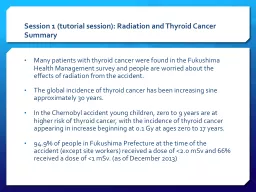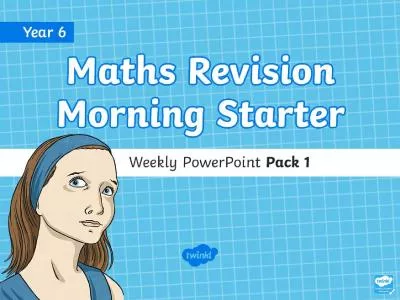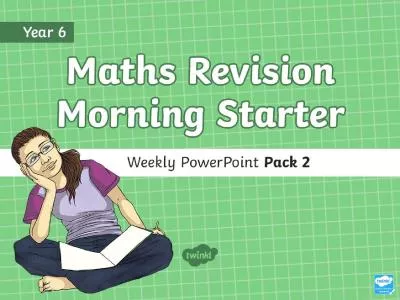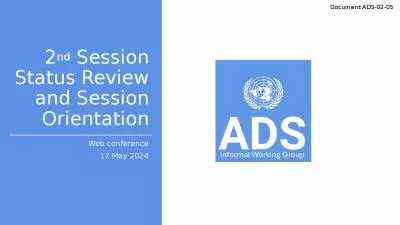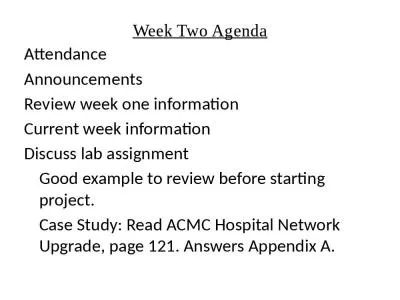PPT-Week two review session
Author : pasty-toler | Published Date : 2020-04-03
topics Anxiety Disorders Mood Disorders OCD Spectrum Eating Disorders PTSD Neuroscience of PTSD Opioids LGBT Patients Suicide Anxiety disorders Anxiety disorders
Presentation Embed Code
Download Presentation
Download Presentation The PPT/PDF document " Week two review session" is the property of its rightful owner. Permission is granted to download and print the materials on this website for personal, non-commercial use only, and to display it on your personal computer provided you do not modify the materials and that you retain all copyright notices contained in the materials. By downloading content from our website, you accept the terms of this agreement.
Week two review session: Transcript
Download Rules Of Document
" Week two review session"The content belongs to its owner. You may download and print it for personal use, without modification, and keep all copyright notices. By downloading, you agree to these terms.
Related Documents

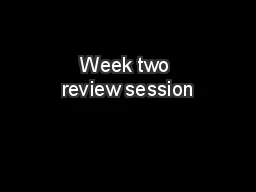
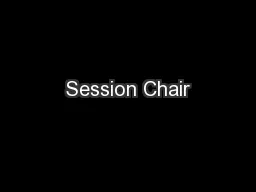
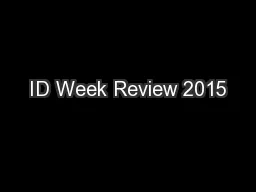
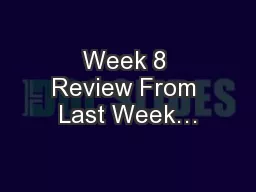


![[DOWNLOAD] - Week-by-Week Homework for Building Reading Comprehension & Fluency: Grade](https://thumbs.docslides.com/901008/download-week-by-week-homework-for-building-reading-comprehension-fluency-grade-1-week-by-week-homework-for-building-reading-co.jpg)

